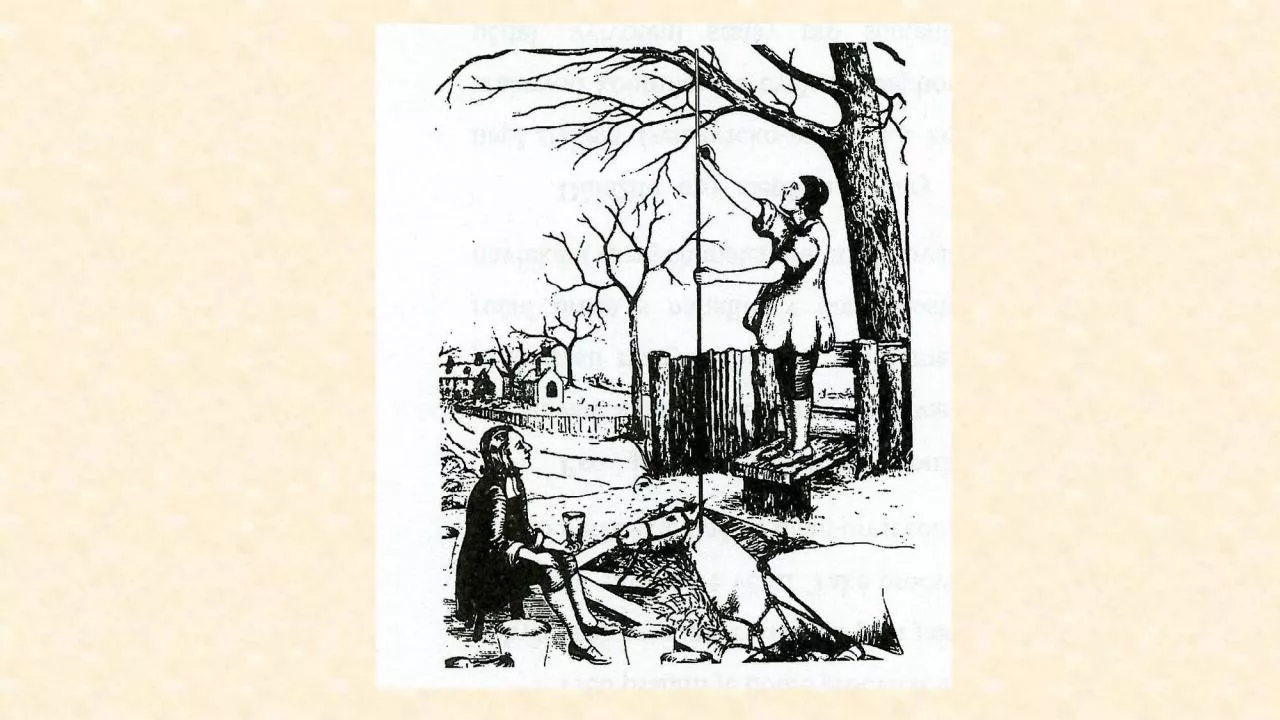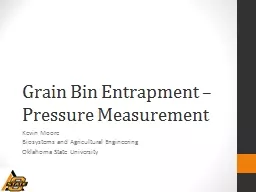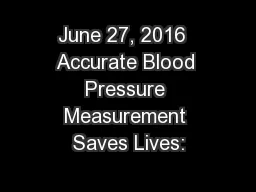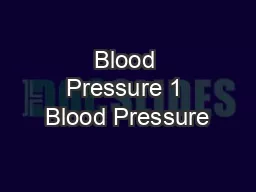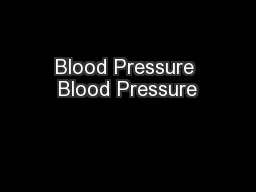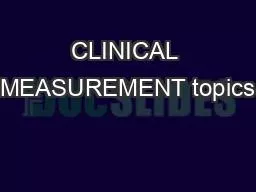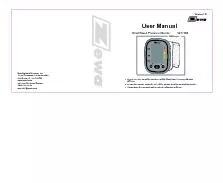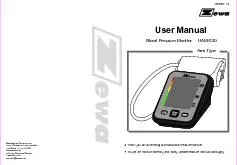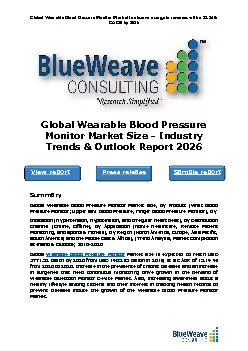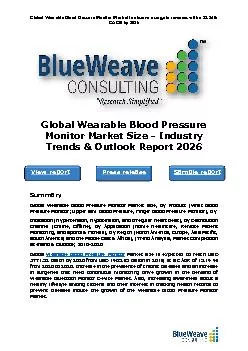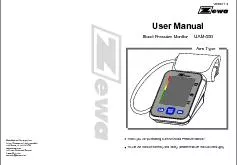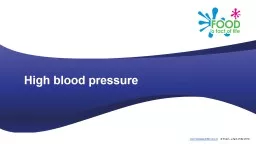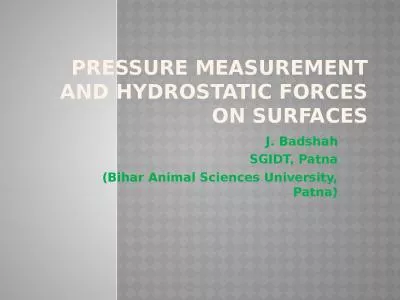PPT-Blood pressure measurement
Author : helene | Published Date : 2024-01-29
The system pressure values are for technical reasons dependent on Measuring method used Non invasive methods auscultatory oscillometry ultrasound photopletysmography
Presentation Embed Code
Download Presentation
Download Presentation The PPT/PDF document "Blood pressure measurement" is the property of its rightful owner. Permission is granted to download and print the materials on this website for personal, non-commercial use only, and to display it on your personal computer provided you do not modify the materials and that you retain all copyright notices contained in the materials. By downloading content from our website, you accept the terms of this agreement.
Blood pressure measurement: Transcript
Download Rules Of Document
"Blood pressure measurement"The content belongs to its owner. You may download and print it for personal use, without modification, and keep all copyright notices. By downloading, you agree to these terms.
Related Documents

